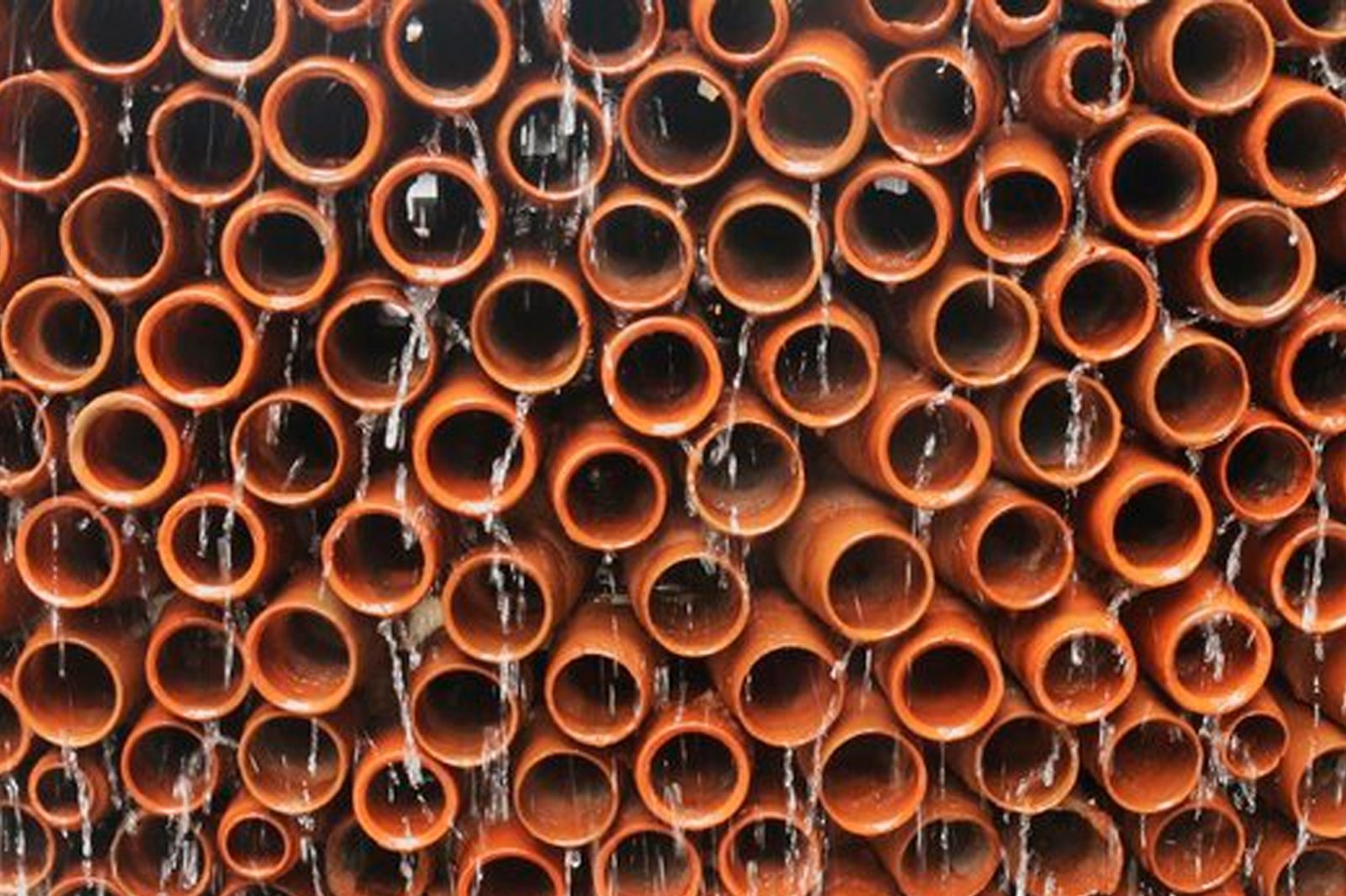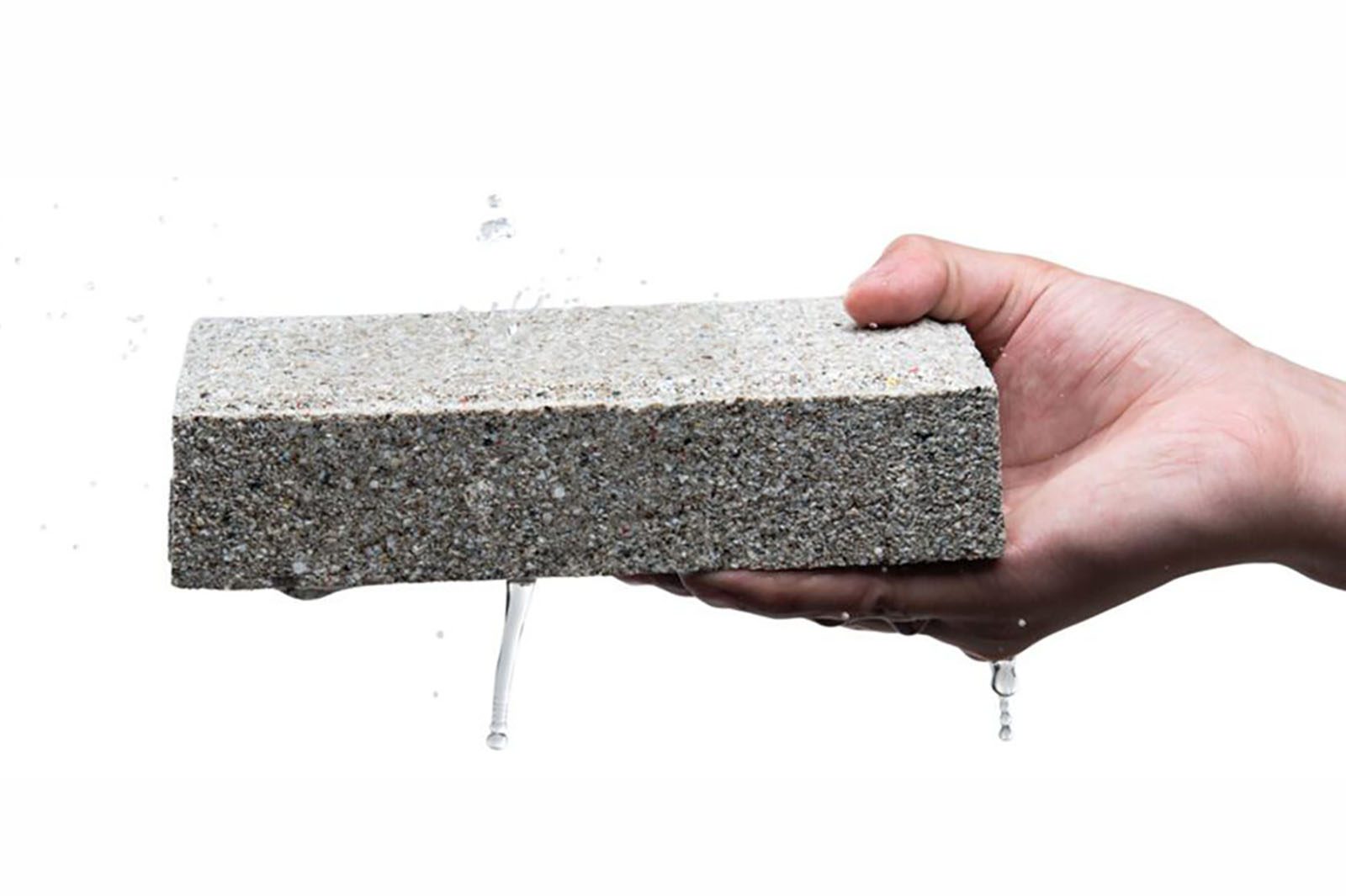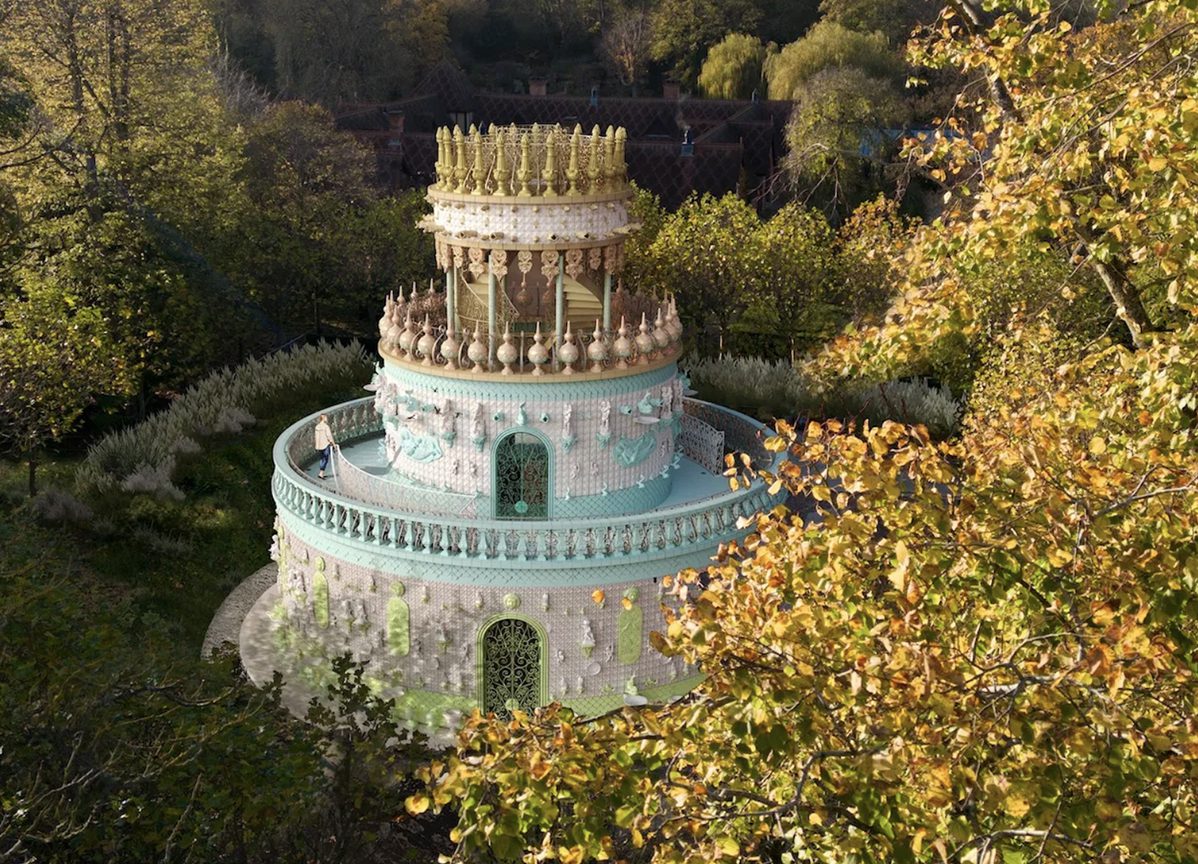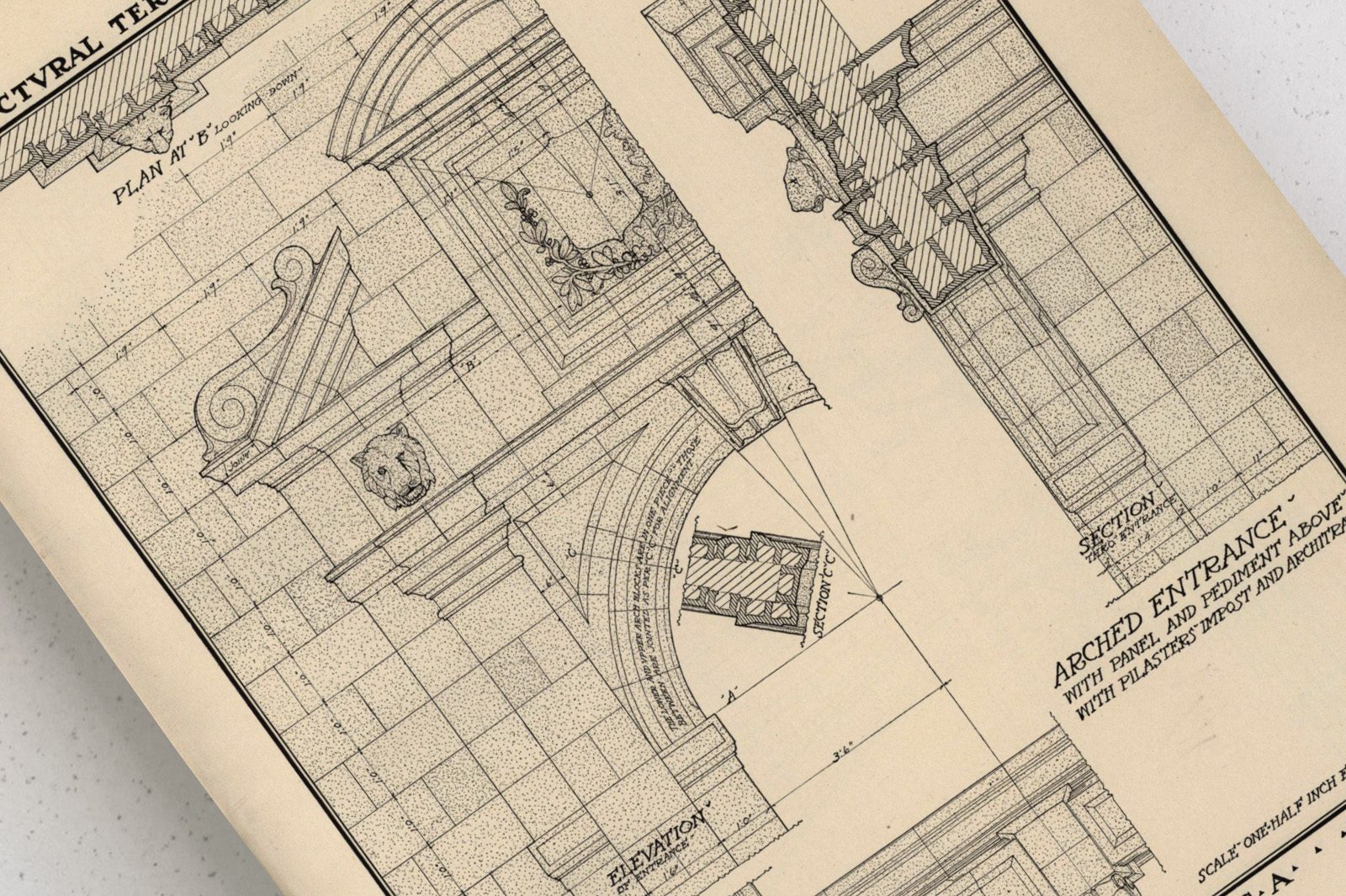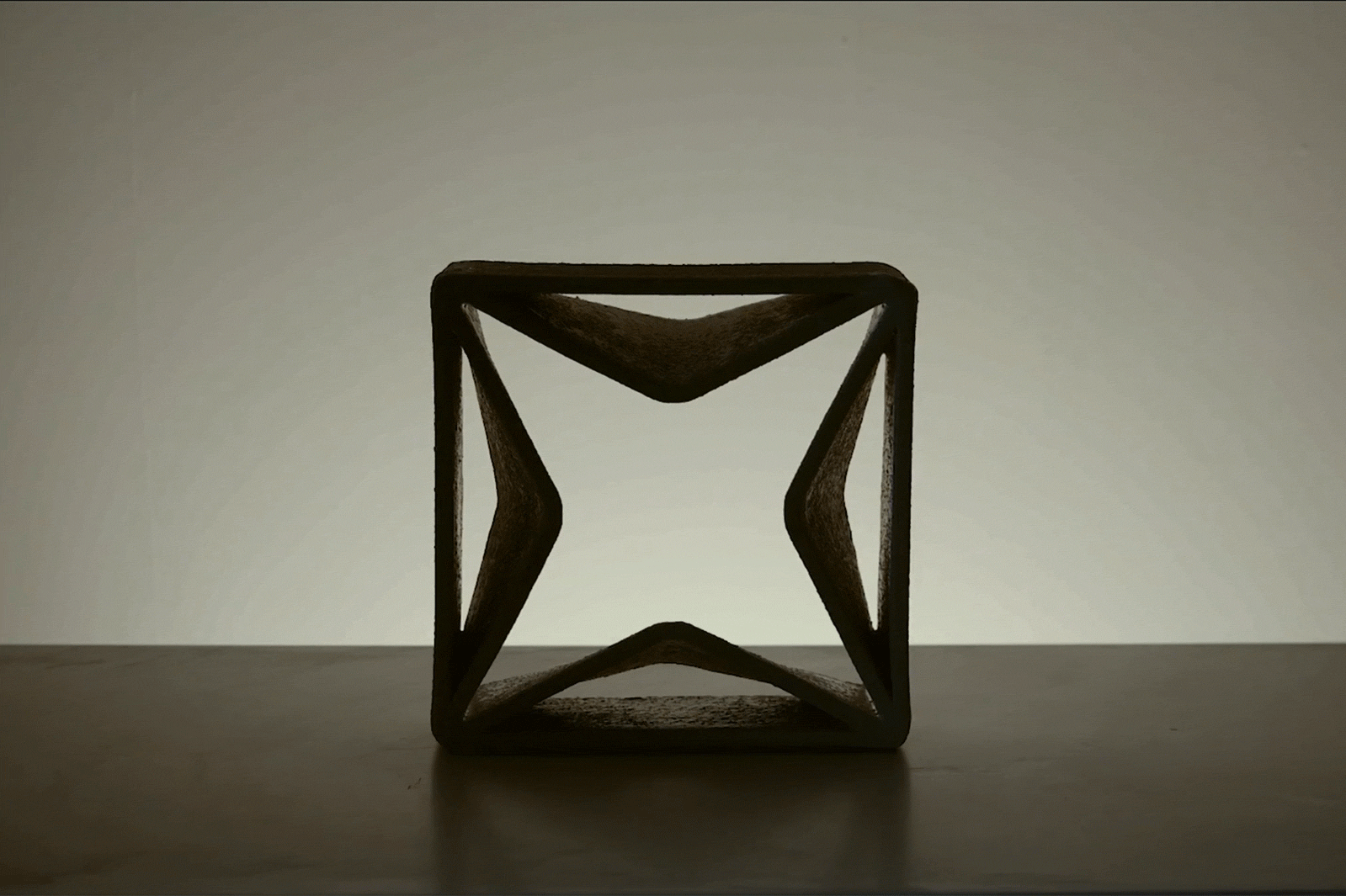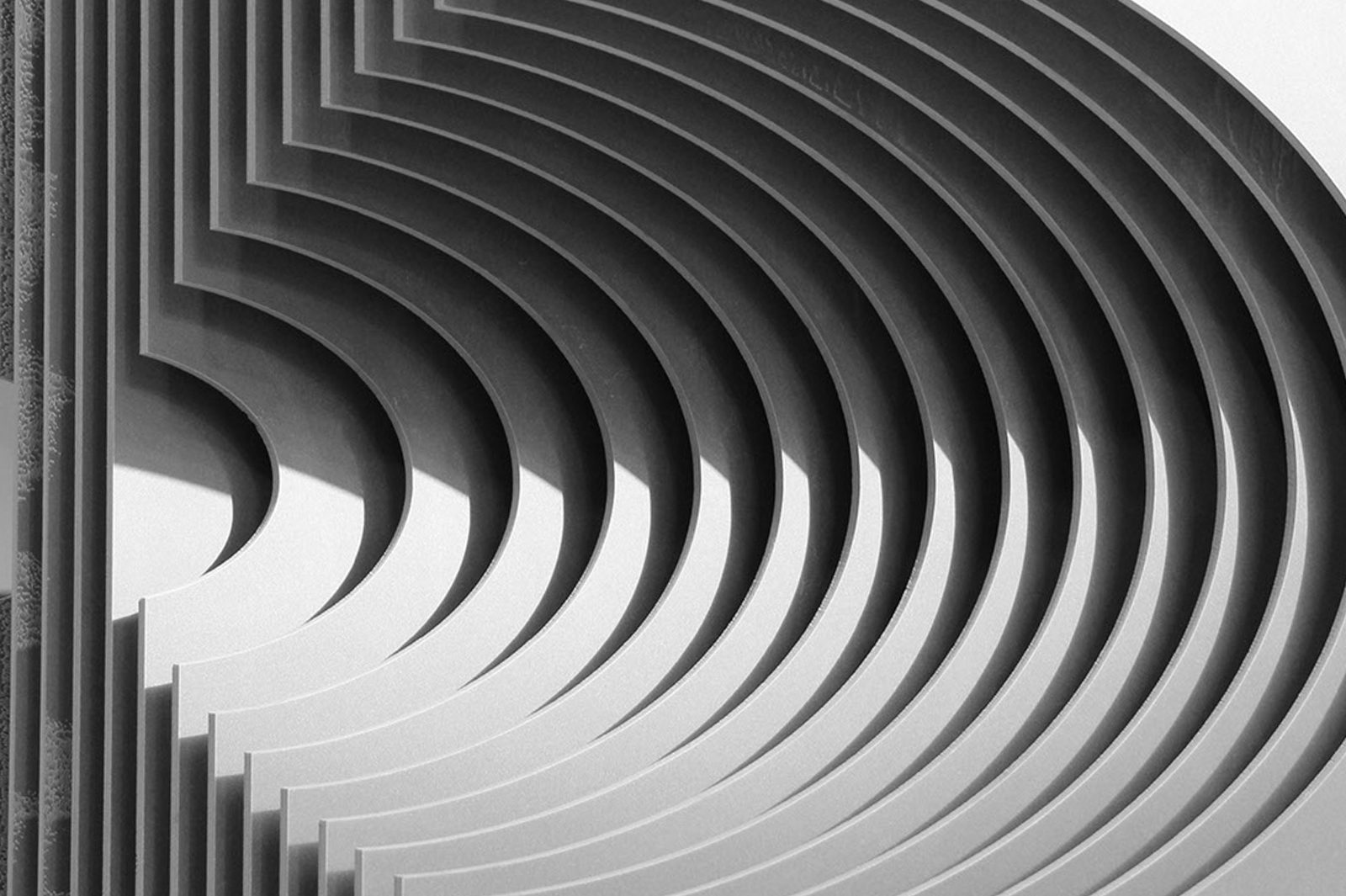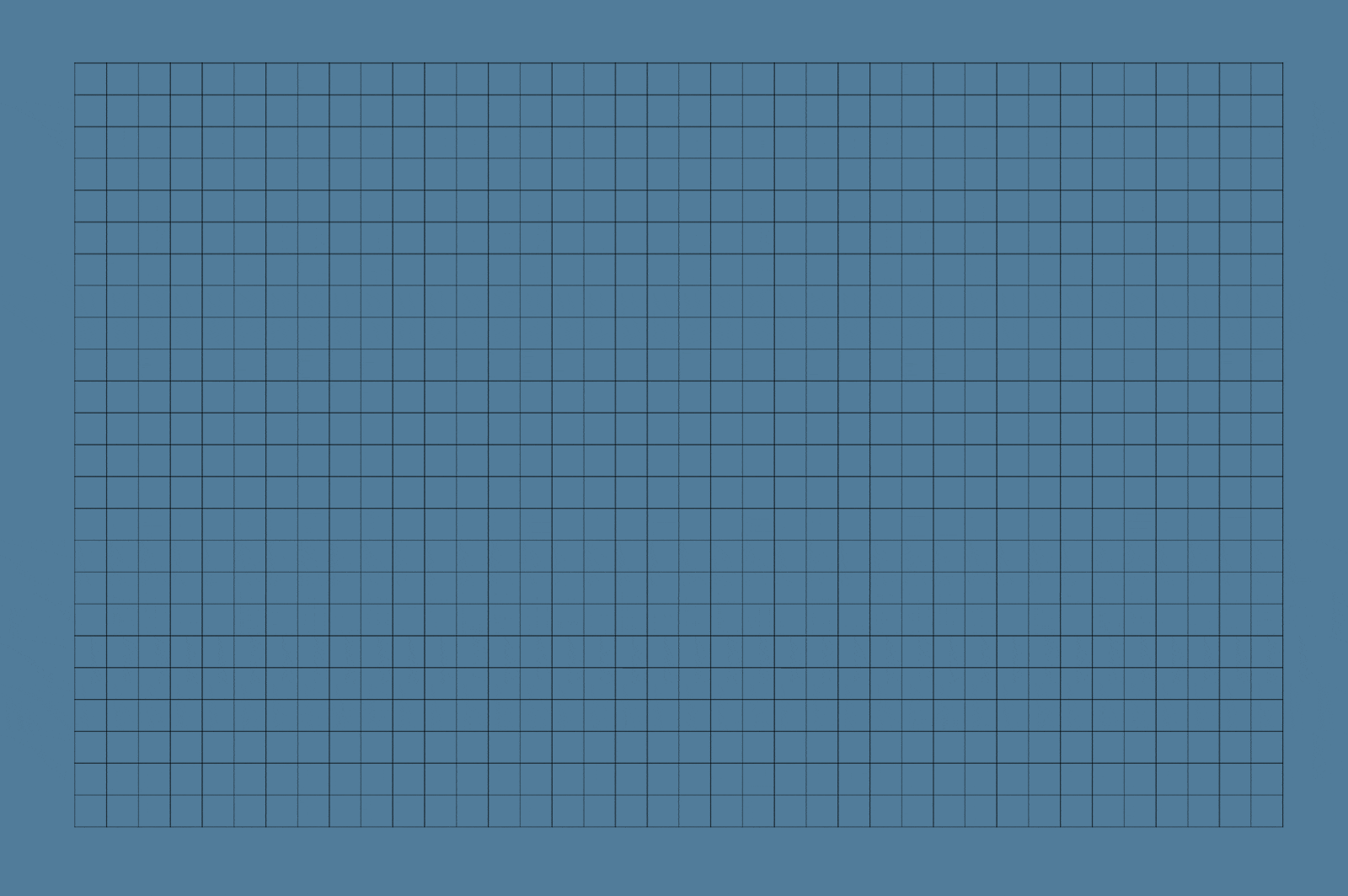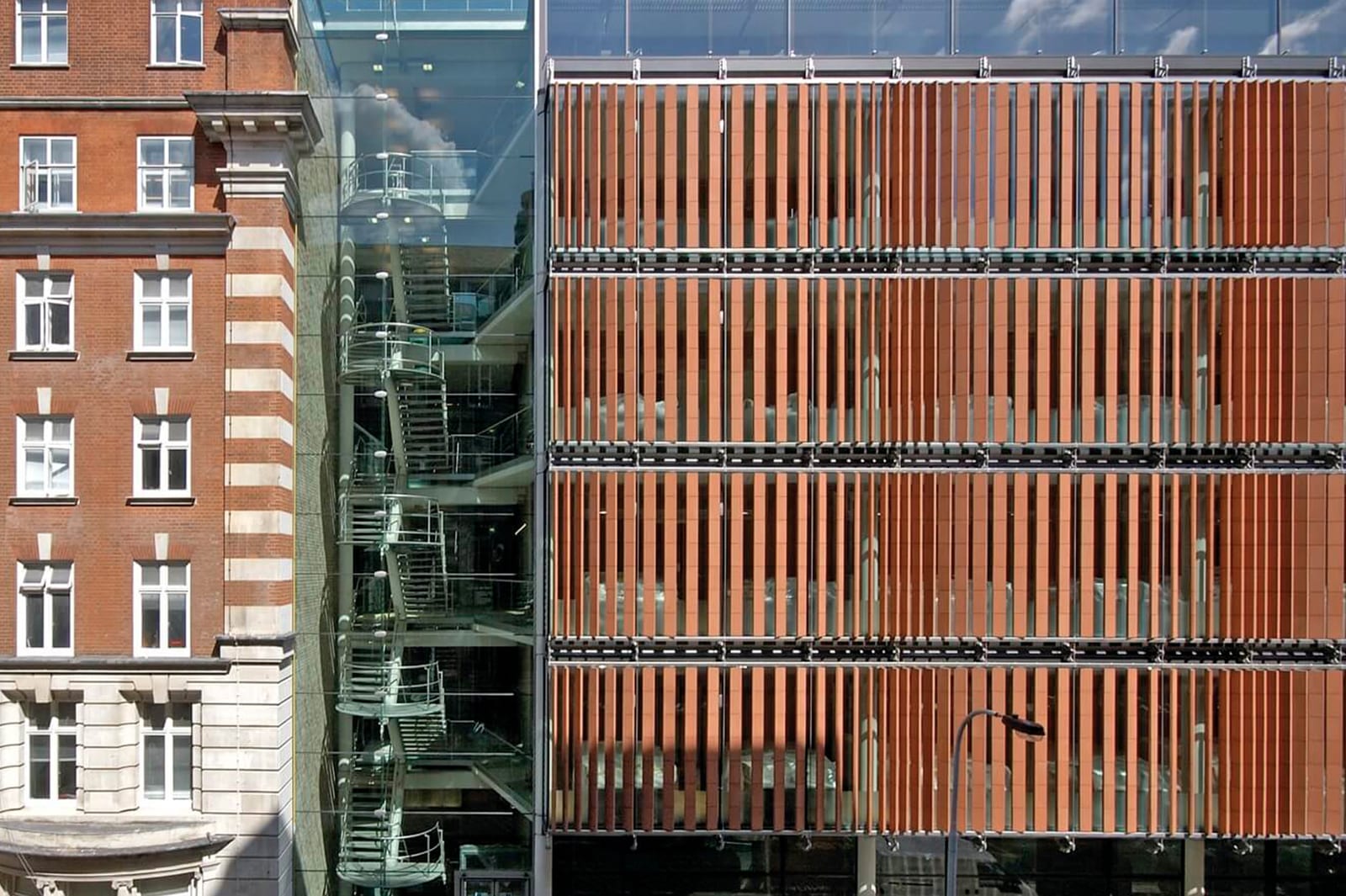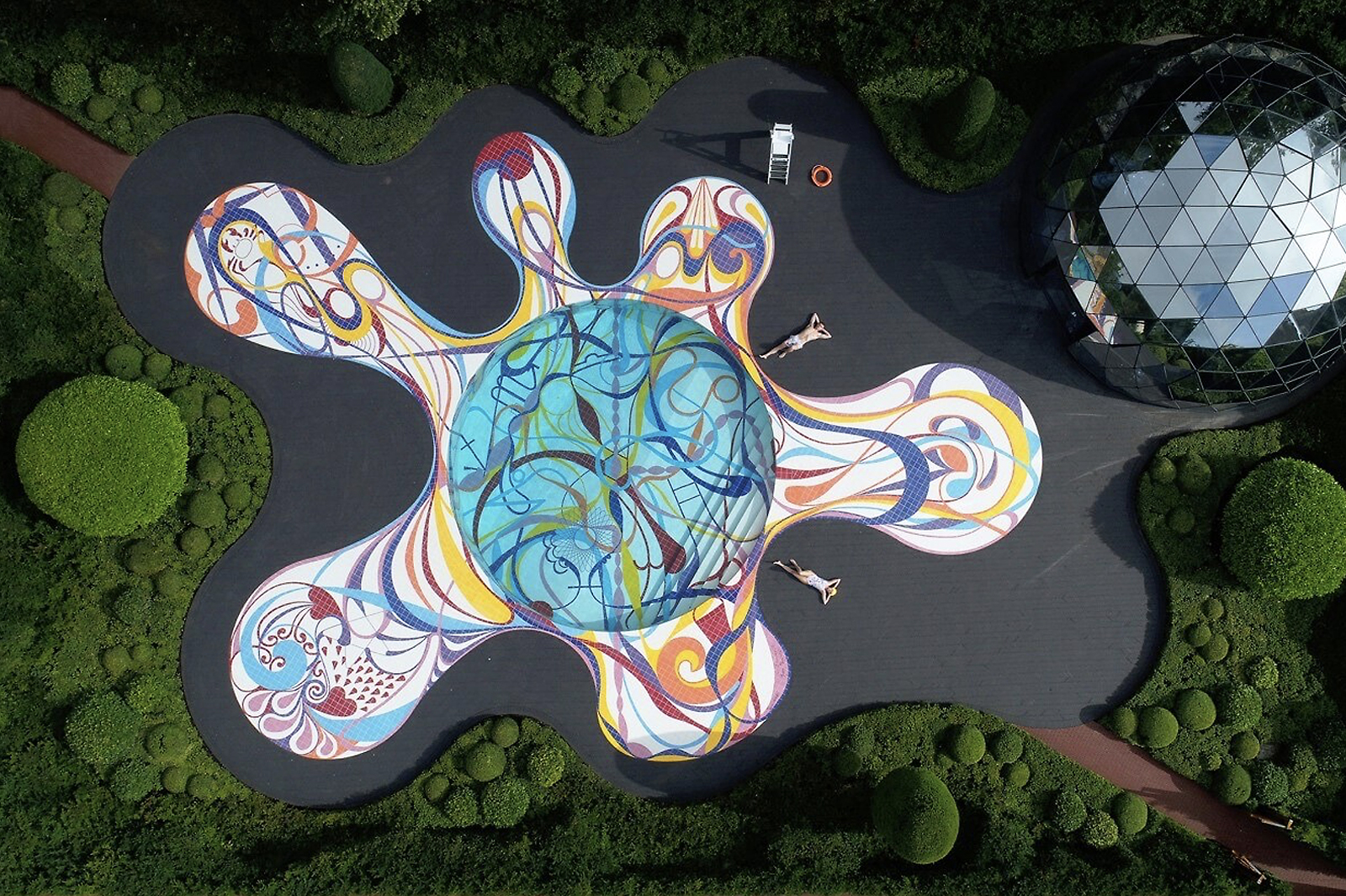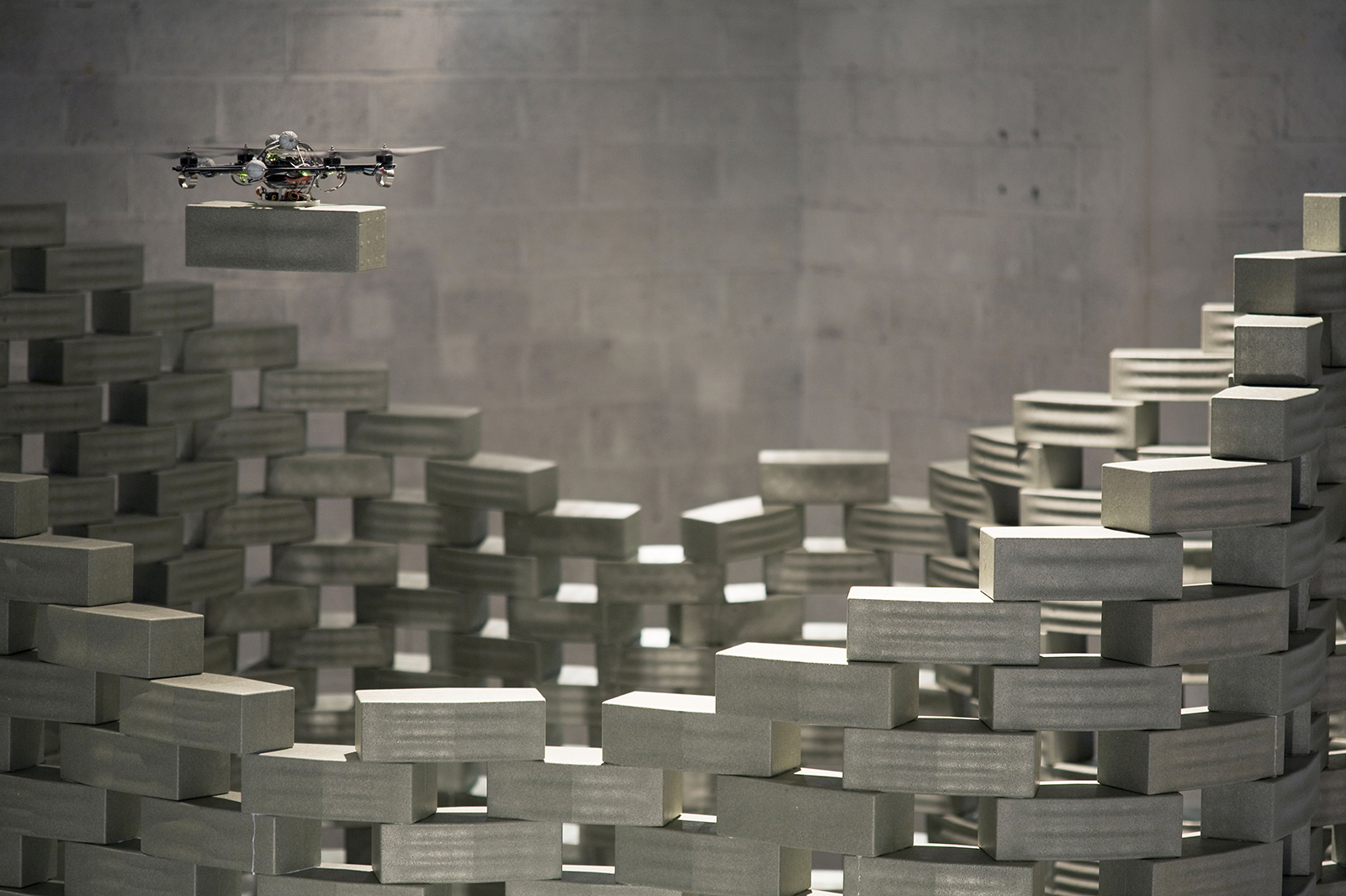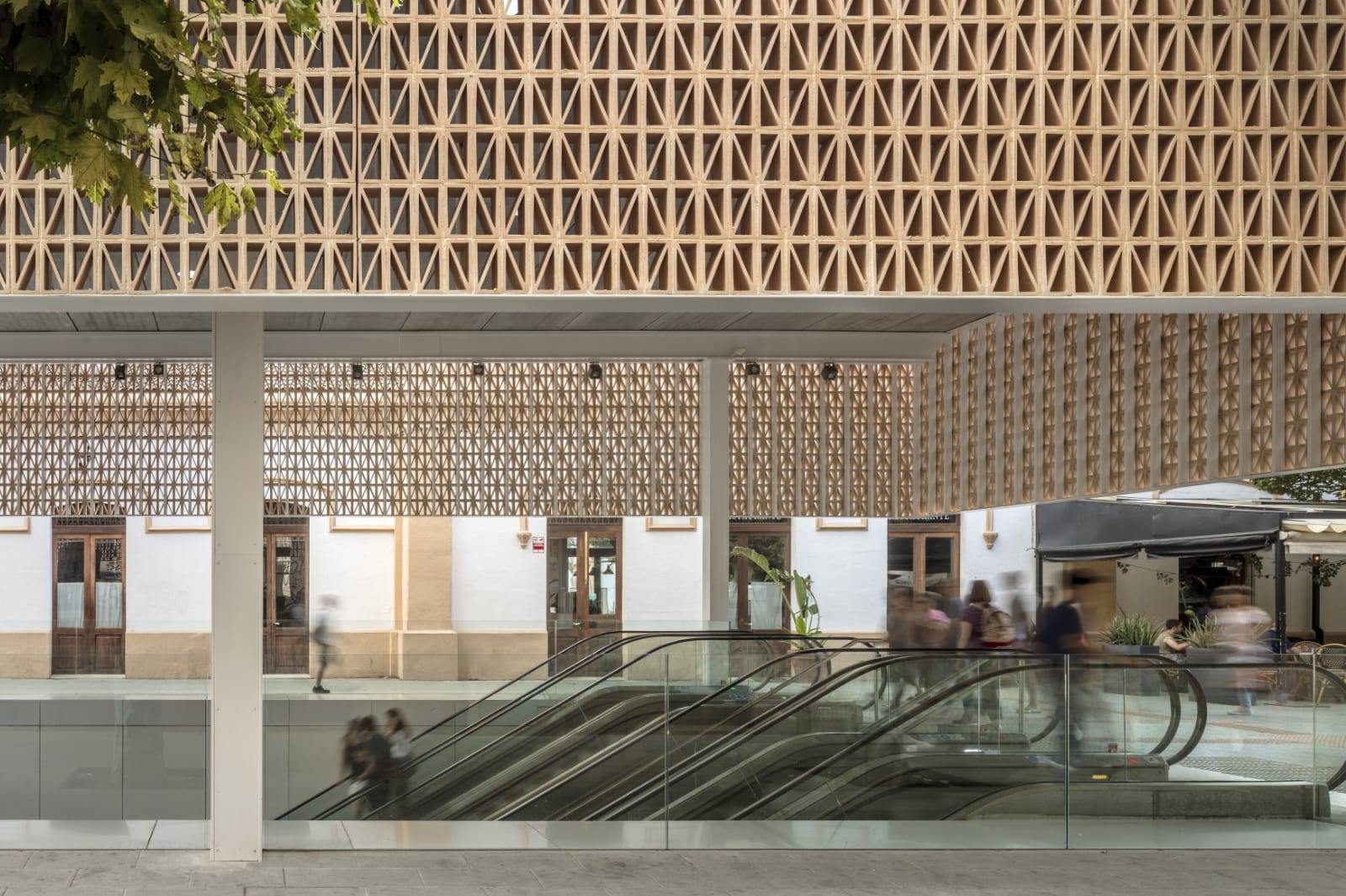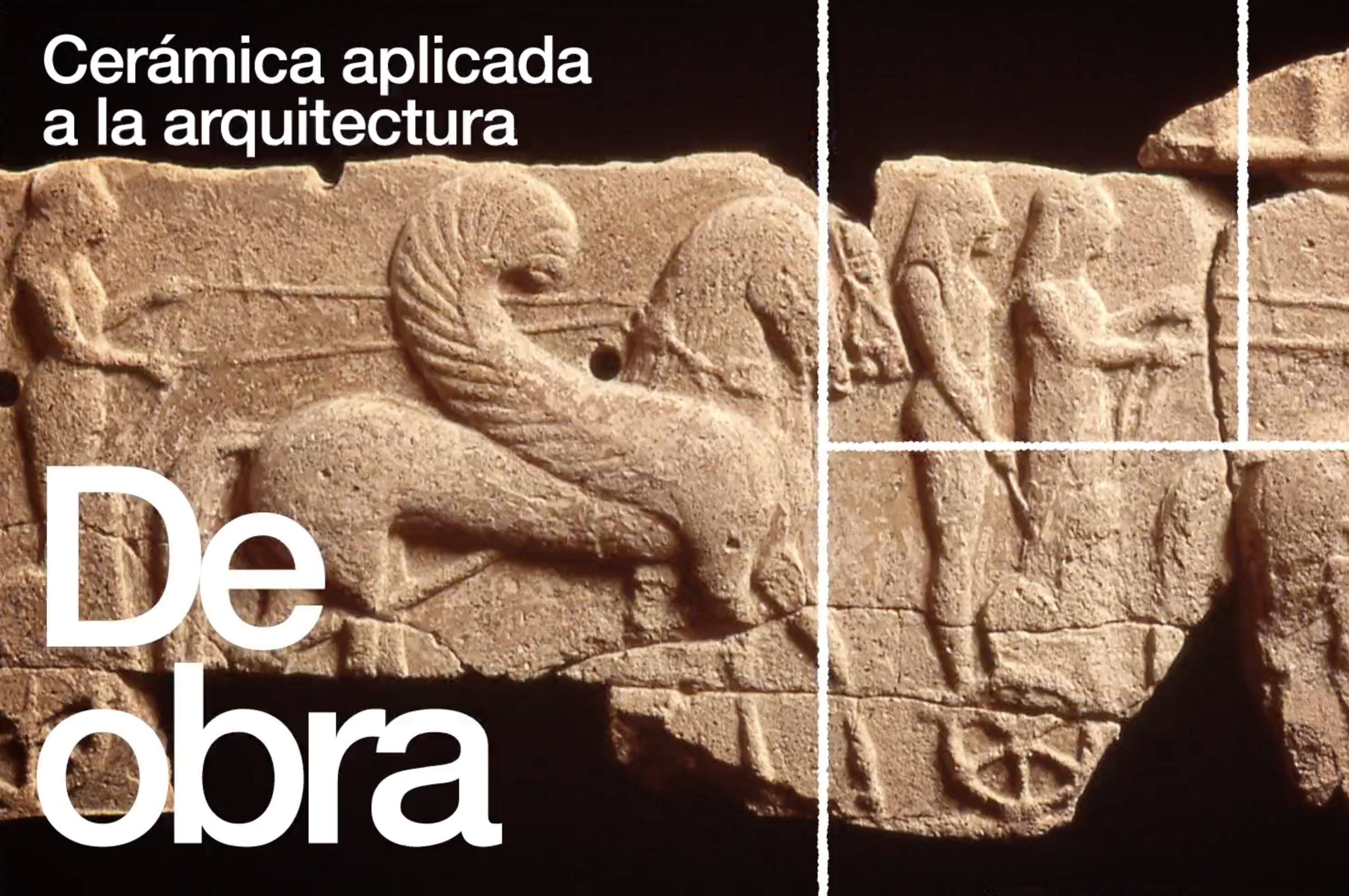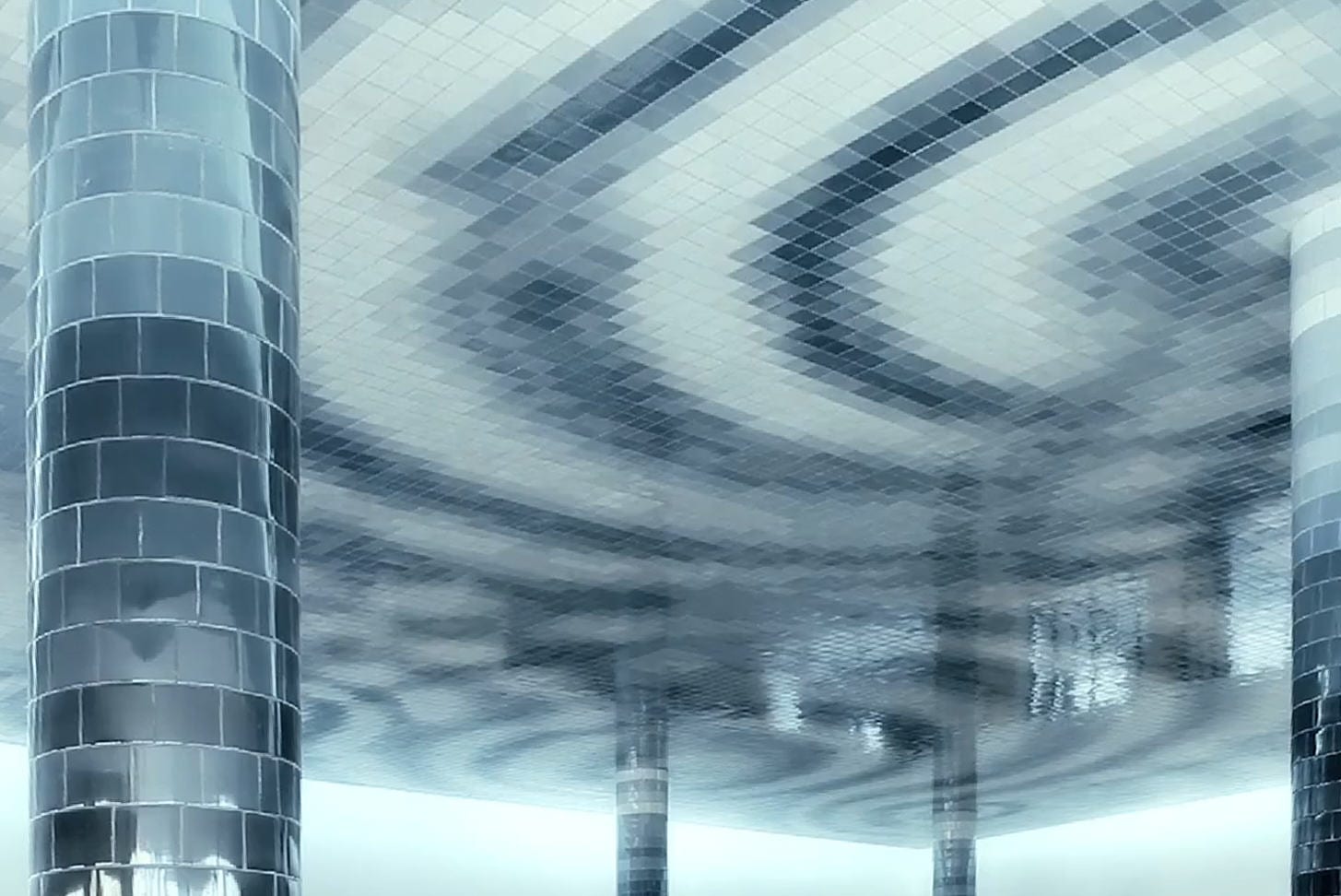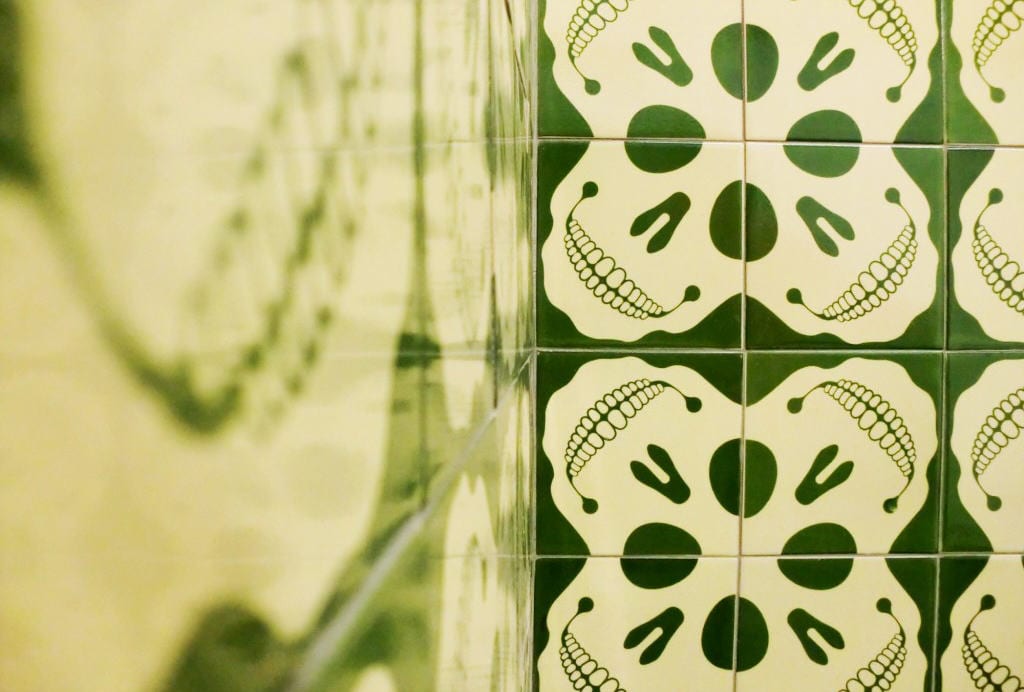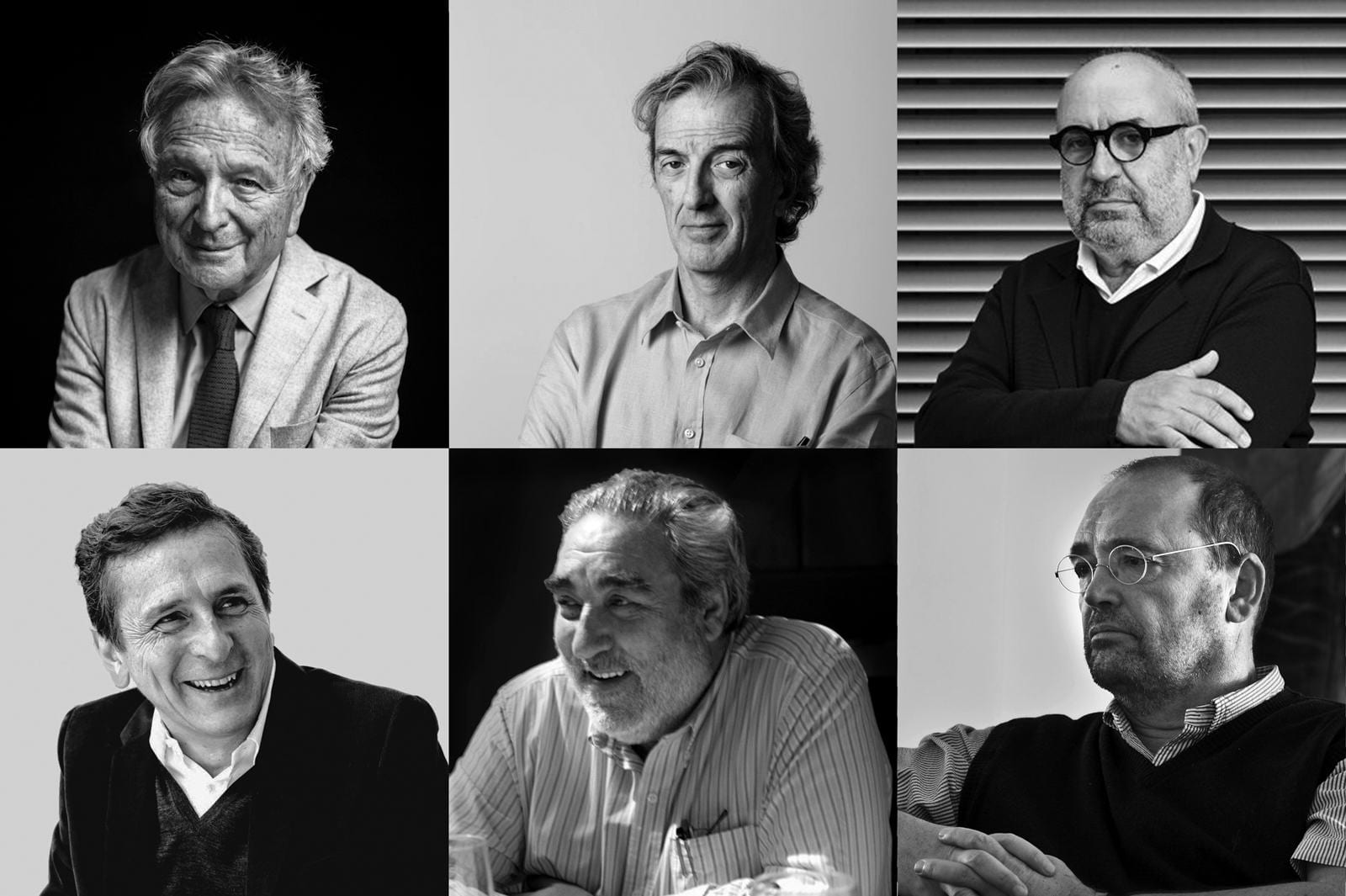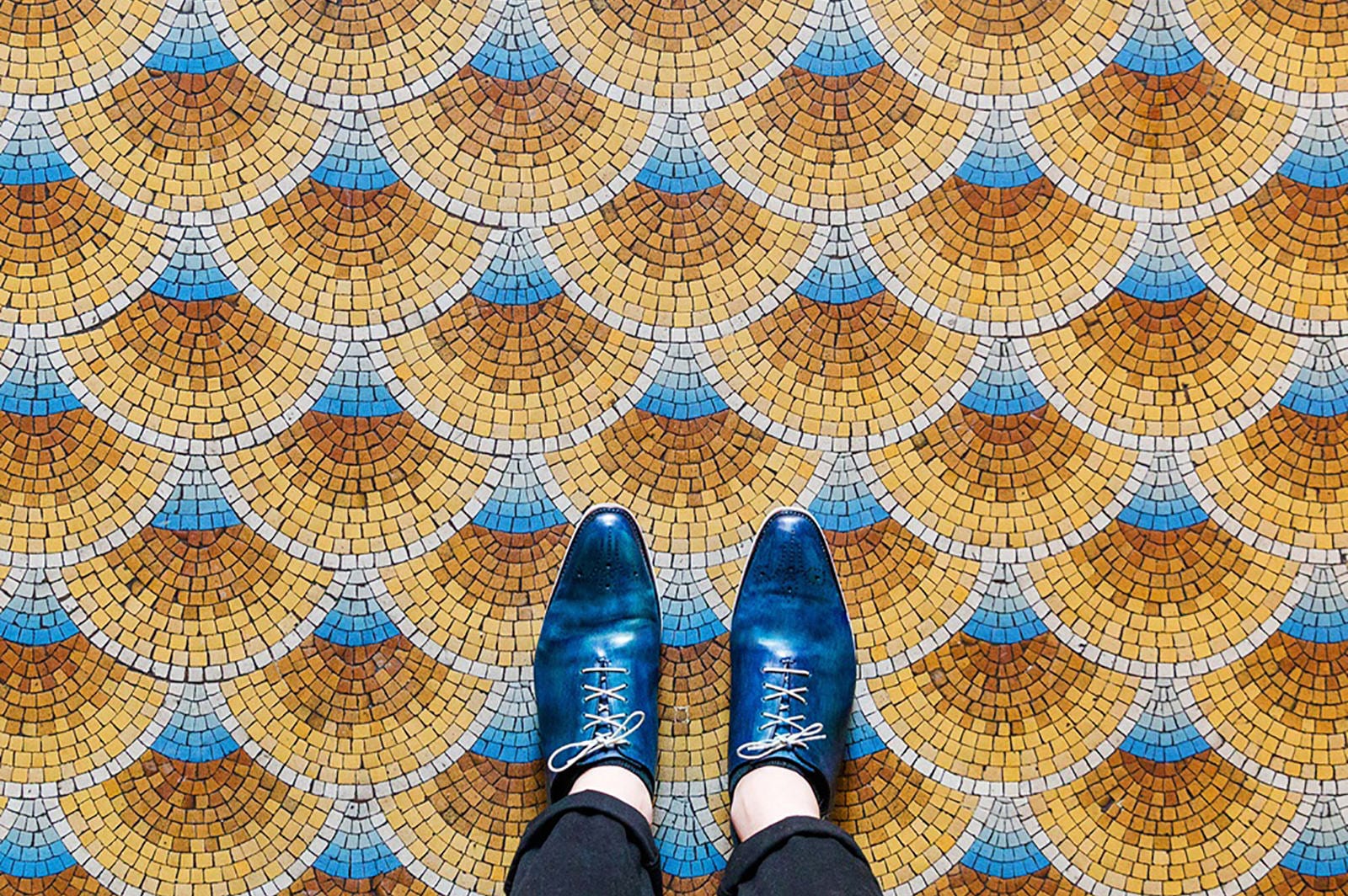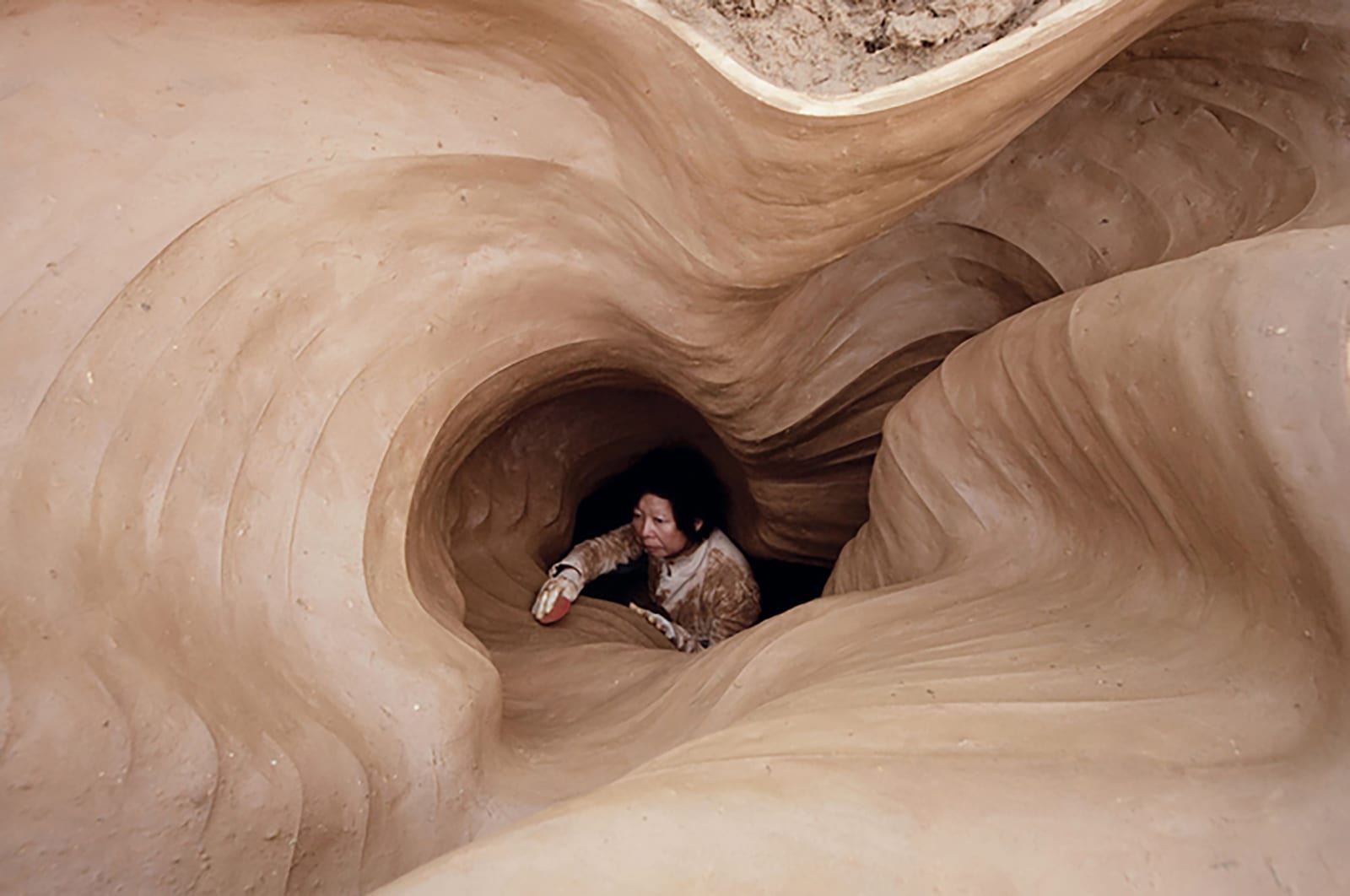The International Ceramics, Bathroom and Kitchen Fair will once again turn Valencia into the world capital of architecture from February 24 to 28. On this occasion, CEVISAMA25 is developing activities of great interest. Thus, not only will it bring together the widest range of ceramic products, but it will also feature its traditional conferences by the leading exponents of ceramics in architecture.
The Interior Design, Architecture and Contract Forum, the cycle of conferences, talks and round tables that is held every year as part of the CevisamaLAB agenda and which in 2025 will bring together the leading figures of the moment in these sectors, will include professionals such as Mexican interior designer Amparo Taylor and the interior architecture studios Stone Design, Estudio Animal, El Equipo Creativo and Madrid In Love.
Also participating will be leading architectural firms such as Alfaro-Manrique, Ruiz-Larrea, Wearetodo or specialists in construction or real estate and hotel management such as Inhaus, TM Grupo, GAT Gestión or Rusticae.






